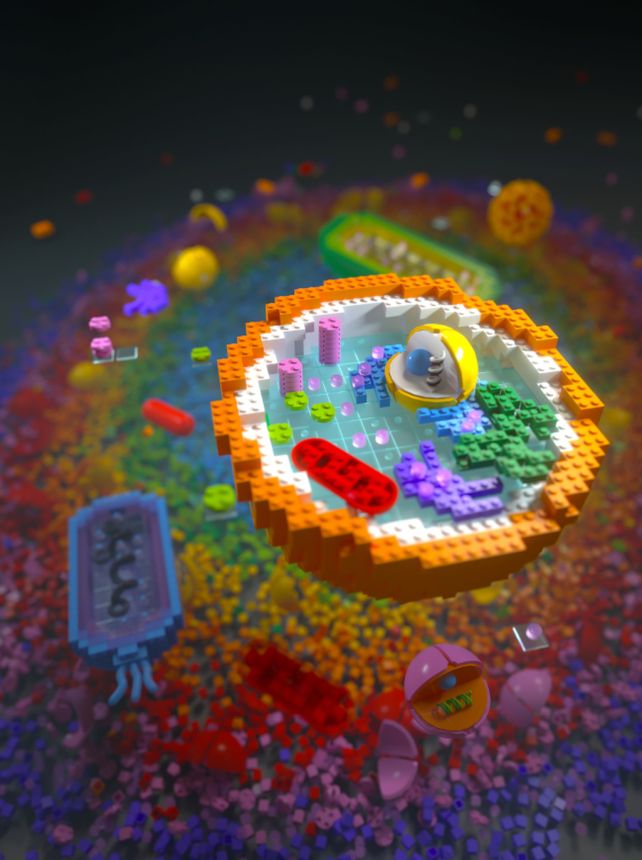Unified Theory Emerges: Groundbreaking ‘Theory of Everything’ Connecting Physics and Evolution
Physics serves as a remarkable framework for comprehending the workings of the Universe; however, there are certain gaps in its scope. One such gap pertains to the concept of evolution.Despite the expectation that biology should align with physical theory, it has thus far been unable to accurately predict evolution and the development of traits and culture.In an effort to bridge this gap, an international team of scientists, led by theoretical physicist Sara Walker from Arizona State University and chemist Lee Cronin from the University of Glasgow, has devised a solution. They have introduced a new framework called ‘Assembly Theory’, which they believe can aid in the search for extraterrestrial life.
According to Walker, “Assembly theory offers a fresh perspective on physics, chemistry, and biology, viewing them as different facets of the same underlying reality. Through this theory, we can begin to reconcile reductionist physics with Darwinian evolution, marking a significant stride towards a fundamental theory that unifies both inert and living matter.”The researchers propose that this unification becomes apparent when we consider objects not only in their present state but also through the dimension of time. By taking into account their formation process and their potential for change, a more comprehensive understanding can be achieved.
To accomplish this, the team built upon their previous work, which involved the creation of a molecular complexity index. This index determined the minimum number of steps required to produce each type of molecule and assigned a complexity rating based on these steps. Only molecules resulting from life and technological processes necessitated more than 15 assembly steps.In their latest research, the scientists have developed a mathematical framework that defines the level of selection required to generate complex objects, such as proteins, eyes, or scales, from molecular building blocks.
It’s like the molecular complexity index, but on a more advanced scale.

This assembly theory is based on the minimum number of steps needed to construct the object, its minimal memory, and also takes into account the abundance of the object in the world: its copy number.The copy number holds significance because as the complexity of the object increases, the chances of it occurring again by chance decrease. Unless there is an external force or pressure aiding it in defying the odds over time. This is precisely how selection operates on random mutation during the process of evolution.
By utilizing the resulting principles of assembly theory, the researchers were able to theoretically quantify the level of selection and evolution necessary to generate a collection of evolved objects, ranging from molecules to cellular structures.However, these findings are not limited to existing objects alone. They can also be utilized to predict the emergence of new objects. This implies that they can provide some level of predictability regarding the possibility of life emerging in a given system; for instance, Saturn’s moon Titan, where many of the fundamental building blocks of known life can be found.
The team is dedicated to refining their work in order to gain a deeper understanding of how assembly theory can define life. However, the theory is not just a theoretical concept; it can be put to the test through experiments conducted in a laboratory setting. By doing so, scientists can attempt to recreate the origins of life and uncover the mystery of how life first emerged on Earth.
This groundbreaking approach provided by assembly theory offers a fresh perspective on the composition of our world. It goes beyond the notion of immutable particles and emphasizes the importance of memory in constructing objects through selective processes over time. According to Cronin, this approach has the potential to revolutionize various fields, ranging from cosmology to computer science. It represents an exciting new frontier where physics, chemistry, biology, and information theory intersect. The research findings have been published in the prestigious scientific journal, Nature.
This article is republished from sciencealert under a Creative Commons license. Read the original article.
Do not forget to share your opinion with us to provide you with the best posts !




0 Comments